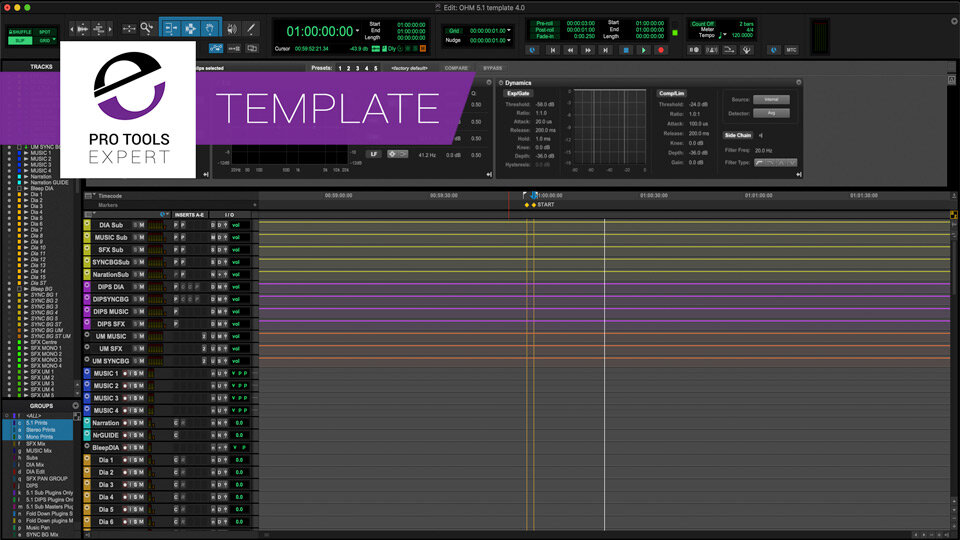
The annual average monthly unemployment rate fell steadily throughout the year, but still remained above prerecession levels of 4.6 percent in 20.

Levels of 100 or higher reflect greater consumer optimism compared with the base year.) The improvement in consumer confidence coincides with the gradual decline in the unemployment rate in 2014. 4 (The level is an index, with 1985 =100. 3 In 2013, changes in spending varied among these major categories.Ĭonsumer confidence levels also increased in 2014, as reflected by the Consumer Confidence Index of the Conference Board, which registered an index value of 87 (86.900), up from 73 in 2013. During the same time period, expenditures on entertainment, apparel and services, and healthcare increased substantially, ranging from a 9.9-percent increase to an 18.1-percent increase. Expenditures on transportation, food, personal insurance and pensions, and housing rose modestly ranging from a 0.8-percent increase to a 3.8-percent increase. Developments in 2014ĭuring 2014, spending increased across the six largest categories of expenditures tracked by CE: food, housing, transportation, healthcare, entertainment, and personal insurance and pensions. This report highlights spending patterns for 2014 from the CE. 2 In 2013, prices increased by 1.5 percent, compared with the 0.7 percent decrease in spending. city average, all items, base period 1982–1984=100) rose by 1.6 percent in 2014, compared with the 4.7 percent increase in spending. Prices, as measured by the average annual change in the Consumer Price Index for All Urban Consumers (CPI-U, U.S. 1 Accompanying the increase in expenditures was an increase in average income before taxes of 4.8 percent between 2014 ($66,877) and 2013 ($63,784).

Consumer units’ (CUs) average annual expenditures increased from $51,100 in 2013 to $53,495 in 2014. These figures are based on annual data from the Consumer Expenditure Survey (CE). This increase reverses the 2013 decline of 0.7 percent. Subscribe to BLS Reports Consumer Expenditures in 2014Ĭonsumer spending increased 4.7 percent in 2014.


 0 kommentar(er)
0 kommentar(er)
